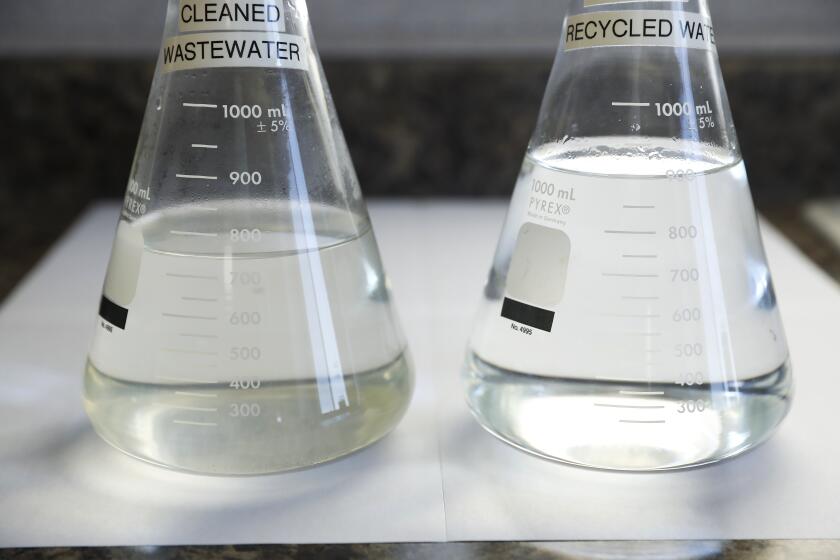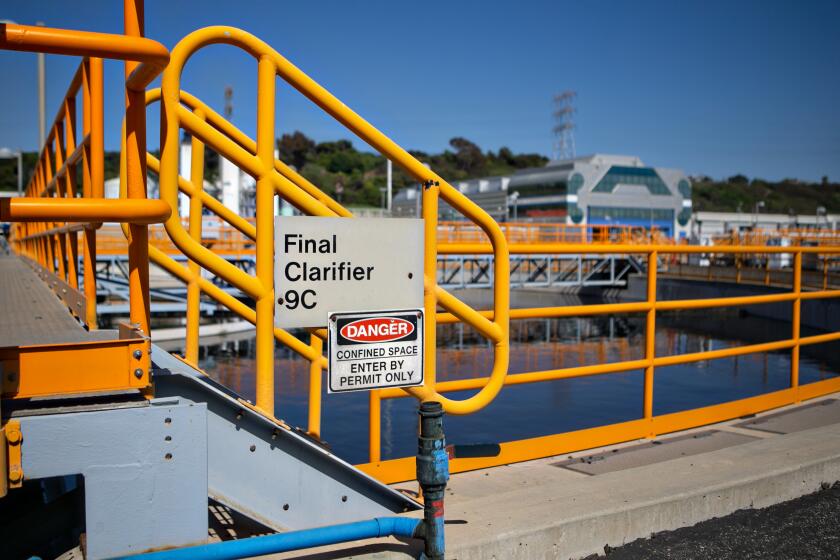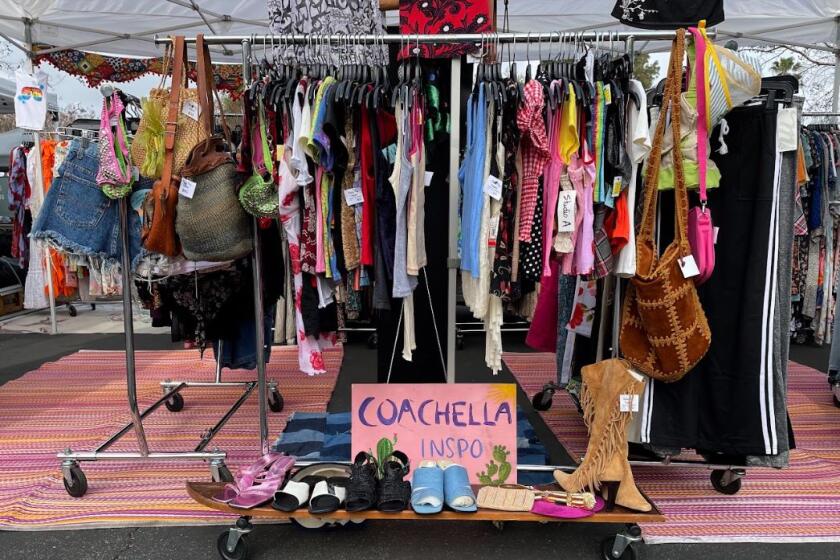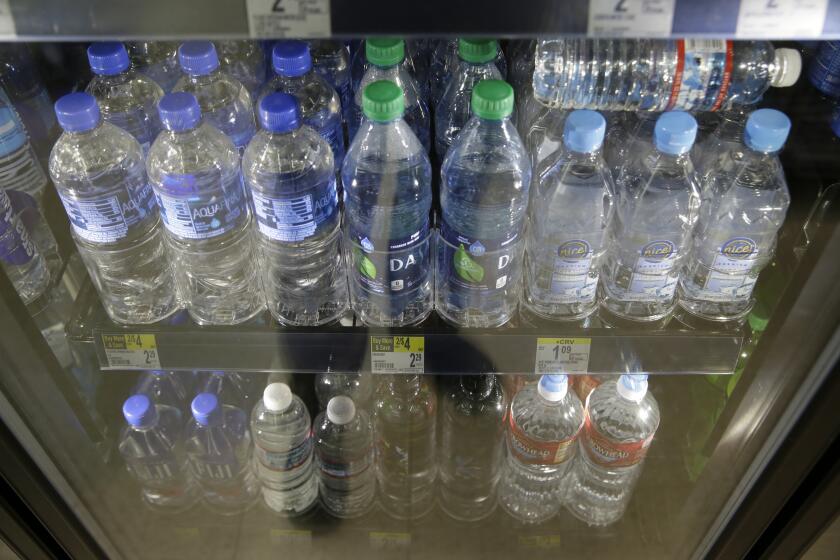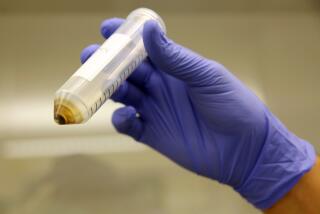Editorial: Nanoplastics are dangerous — and they are in your ‘pure’ bottled water
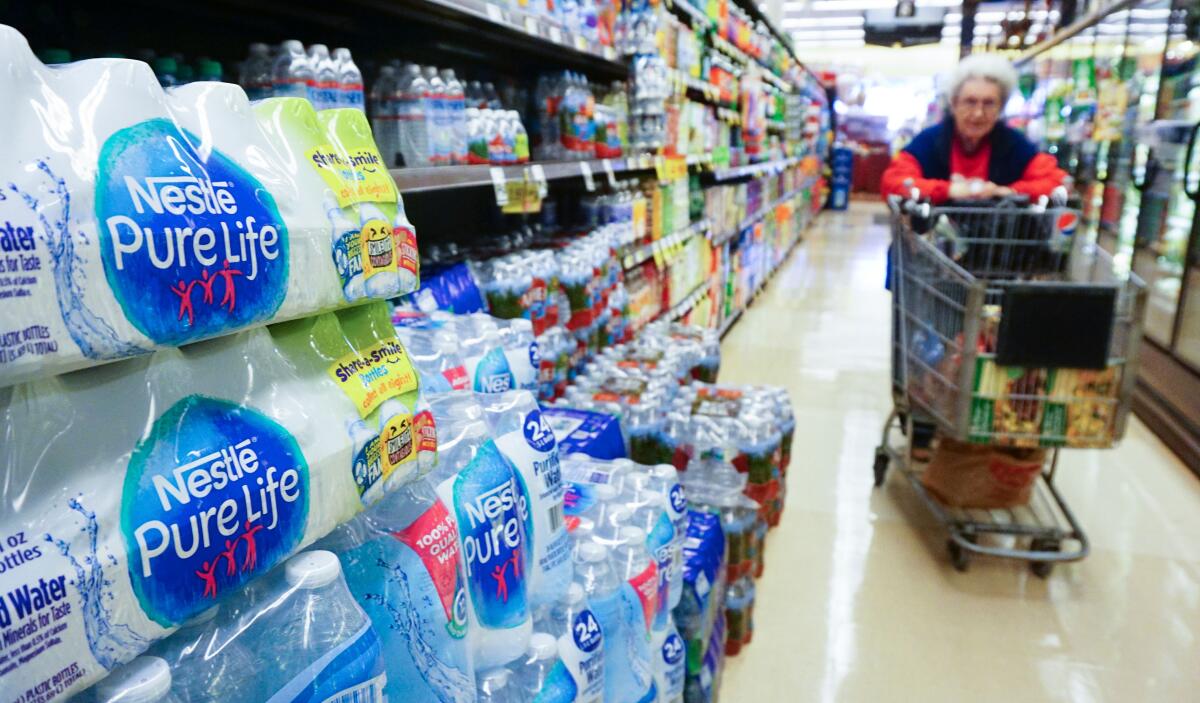
Is anyone really surprised to learn that bottled drinking water is loaded with tiny bits of plastic? The bottles are, after all, plastic. So are the caps. It stands to reason that microscopic bits of the stuff get into the water inside during bottling or packaging, or while sitting in storage. A 2018 study found as much.
The shocking part of a recent Columbia University Lamont-Doherty laboratory study, published last week in the journal Proceedings of the National Academy of Sciences, is the revelation that bottled water is laden with even tinier nanoplastic bits and associated chemicals. Nanoplastics are potentially more dangerous than microplastic particles because they are so small they can be absorbed into human cells.
Every drop of drinking water once passed through someone’s (or something’s) body. The point is to purify the stuff we drink no matter the source, rather than to seek never-defiled fantasy water.
Some of these super-microscopic substances may not even come from the bottles, but from the nylon membranes used, ironically, to filter out nanoplastics. Some particles could not be traced to a source. Some are thought to have decomposed from larger particles that were previously observable to scientists.
In drinking water production, the study said, “plastic contamination is confirmed in every step from the well to the bottle.” It has been observed in other sources of tap water, as well as in raindrops and Antarctic ice. Studying the size and number of particles may help scientists determine the sources of the contamination.
The study examined three popular brands of bottled water, acquired from a “large retailer,” but did not reveal the company names.
What we do know is that companies selling water in standard-sized 16.9-ounce plastic bottles are marketing geniuses. Many of them source their liquid assets from the same streams and springs that feed municipal taps, and then sell it back to consumers — implying that it’s purer and safer than the very same stuff that flows into the sink.
One of the chief challenges of the 21st century is to properly allocate the costs of products that cannot go in the toilet or the trash without coming back to harm us.
Some of the biggest bottled water sellers are soft drink companies that have figured out that they can make a killing by just selling the water without the sugar, flavor and fizz that they used to add. Some get their water from deep wells or melting glaciers that existed before humanity — and then add dangerous microplastics by bottling it.
And meanwhile they pump particles of other noxious pollutants into the air and sea by shipping the water from far-flung, supposedly pristine locations. All of them (or their plastic suppliers) use more water to make the bottles than the amount they put inside.
Editorial: Your clothes are polluting the environment with microplastics. Can washing machines help?
Most clothing is made with synthetic, or plastic, materials. When they shed, they add to the scourge of microplastic. Washing machine filters may help.
But we are not doomed to a life of gulping down plastic. We are under assault by particles and chemicals that we put into the environment and into our bodies by our own choices. For most Californians, tap water is at least as pure as the bottled stuff, and is certainly cheaper. It has even won national taste tests.
But some Californians have access only to water tainted by so-called forever chemicals, which are associated with a host of health problems including cancer and infertility. They need help cleaning their supplies or being connected to better sources. And the rest have to ensure that our own supplies are not poisoned.
Nanoplastics are microscopic flecks so small that they can be absorbed into human cells and tissue, as well as cross the blood-brain barrier.
State regulators recently approved standards for cleaning and reusing sewage, which is expected to produce drinking water that is in most ways purer than what’s in plastic bottles. The nanoplastics have presumably been around for a while, but scientists only recently figured out how to identify the particles.
It’s a race against ourselves to keep what may well be the best, purest municipal tap water supplies in the world. If we fall short, water in plastic bottles won’t save us.
More to Read
A cure for the common opinion
Get thought-provoking perspectives with our weekly newsletter.
You may occasionally receive promotional content from the Los Angeles Times.
